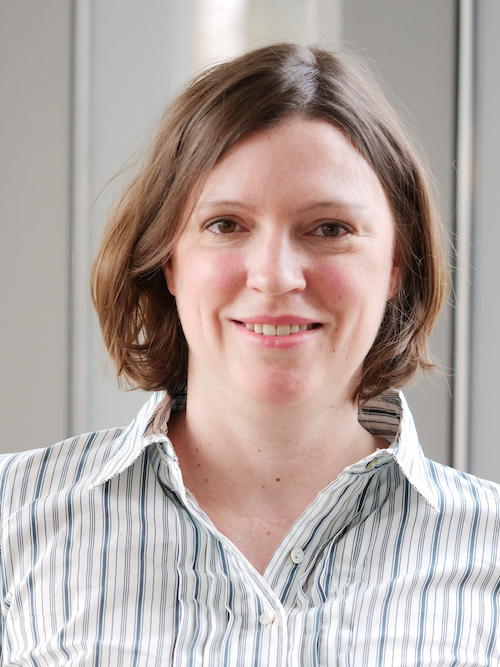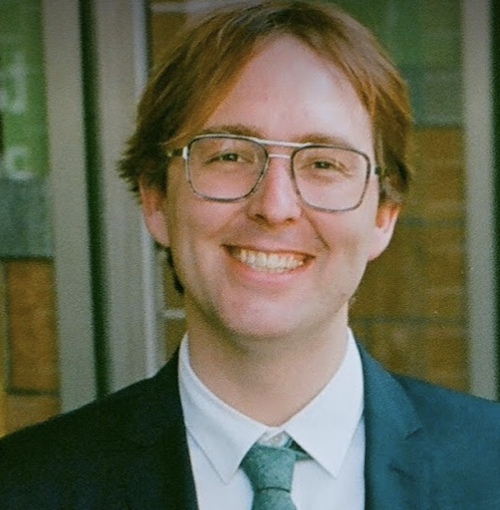Addiction Connectome Core
The Addiction Connectome Core (ACC) aims to create a big data computational platform that integrates findings across many types of experimental studies to reveal the relationships between exposure to addictive drugs, brain circuits and addictive behavior
A Connectome is a full characterization of the connectivity patterns of the whole brain of an individual. The brain’s function is determined by its anatomical connectivity. The realization of the importance of these global functional connectivity patterns for explaining disease-related behavior has spurred the investigation of “connectomics”, which has until recently focused on humans. Exposure to addictive drugs leads to compromise in brain function and those changes are mediated, in large part, by systematic changes to connectivity patterns. As such we believe that identifying the anatomical changes causes by exposure too addictive drugs is crucial for understanding the neural basis of drug addiction. Moreover, understanding the changes in brain maps causes by drug exposure will be crucial for developing treatments for addiction. The goal of the Addiction Connectome Core (ACC) is to generate and curate a database of brain connectomes in different drug exposure conditions. A critical element of our philosophy is that we must make use of animal models. Only animal models allow us to leverage state of the art advances in imaging and big data analysis approaches to obtain a detailed understanding of the effects of drugs on the brain. One consequence of this is that cross-species homology is essential for understanding connectomes. We will obtain our connectomes both internally, from our own data collection system, and externally, from a global set of participating partner institutions.
Large-scale human connectome projects (including those based at UMN) have allowed wide-ranging integration of and analysis of human neuroimaging data. However, no such resource exists for addiction-related data or for nonhuman animal models. The development and promulgation of these resources will directly aid the understanding of addiction by providing a unique platform for the development of a multimodal, translational addiction connectome that will be readily accessible to a national and international addiction research community.
There is no better place to launch an Addiction Connectome Core than at UMN and, especially, at the Center for Magnetic Resonance Research (CMRR) at the University of Minnesota. The CMRR is the pre-eminent neuroimaging facility in the world, and uniquely has the MRI machines needed to collect the Core data of this proposal (specifically a full-bore 10.5T machine and 16.4 machine for mice). The CMRR is also co-lead of the Human Connectome Project, and therefore brings ten years of expertise to connectome collection and curation. The two projects, in other words, will synergize. That includes experience in making connectome data available to the world research community, and in combining cross-species measures to gain translational insights. Finally, the Minnesota Discovery Team on Addiction (MTDA), led by Dr. Mark Thomas, offers one of the strongest addiction-focused research communities in the world, meaning it will be straightforward to incorporate synergistic imaging techniques into the addiction connectome.
Addiction Connectome Core Leads

Anna Zilverstand, PhD. Dr. Zilverstand is a NIDA- and NIAAA-funded Assistant Professor in the department of Psychiatry and Behavioral Sciences at the University of Minnesota Medical School. Her research focuses on neuroimaging of humans in different addicted states and analyzing existing big neuroimaging data sets to study the "connectomics" underlying the onset and maintenance of drug addiction.

Jan Zimmermann, PhD. Dr. Zimmermann is an Assistant Professor in the department of Neuroscience at the University of Minnesota Medical School. His research involved studying reward and decision-making processes, including using methods of electrophysiology and neuroimaging. He has a special expertise in making use of ultra-high field neuroimaging techniques to obtain detailed brain maps in human and animal models.